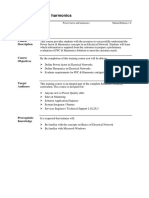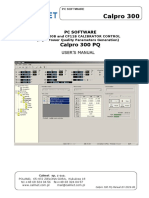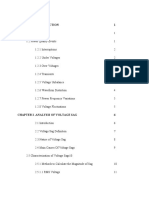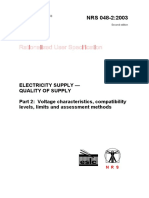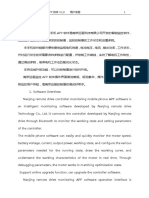100% found this document useful (1 vote)
381 views40 pagesIEEE Generator Protection
The document provides an overview of protection, metering, and monitoring functions for generators. It discusses the need to upgrade older generator protection systems to address security issues, lack of monitoring capabilities, and non-compliance with standards. The document outlines various protection functions like differential protection, distance backup protection, ground protection, abnormal operating conditions protection, and thermal protection that are important for generators. It also discusses the wiring and implementation of these protection functions in generator management relays.
Uploaded by
Andi Uga SismiletostyleCopyright
© © All Rights Reserved
We take content rights seriously. If you suspect this is your content, claim it here.
Available Formats
Download as PPT, PDF, TXT or read online on Scribd
100% found this document useful (1 vote)
381 views40 pagesIEEE Generator Protection
The document provides an overview of protection, metering, and monitoring functions for generators. It discusses the need to upgrade older generator protection systems to address security issues, lack of monitoring capabilities, and non-compliance with standards. The document outlines various protection functions like differential protection, distance backup protection, ground protection, abnormal operating conditions protection, and thermal protection that are important for generators. It also discusses the wiring and implementation of these protection functions in generator management relays.
Uploaded by
Andi Uga SismiletostyleCopyright
© © All Rights Reserved
We take content rights seriously. If you suspect this is your content, claim it here.
Available Formats
Download as PPT, PDF, TXT or read online on Scribd
/ 40
































































